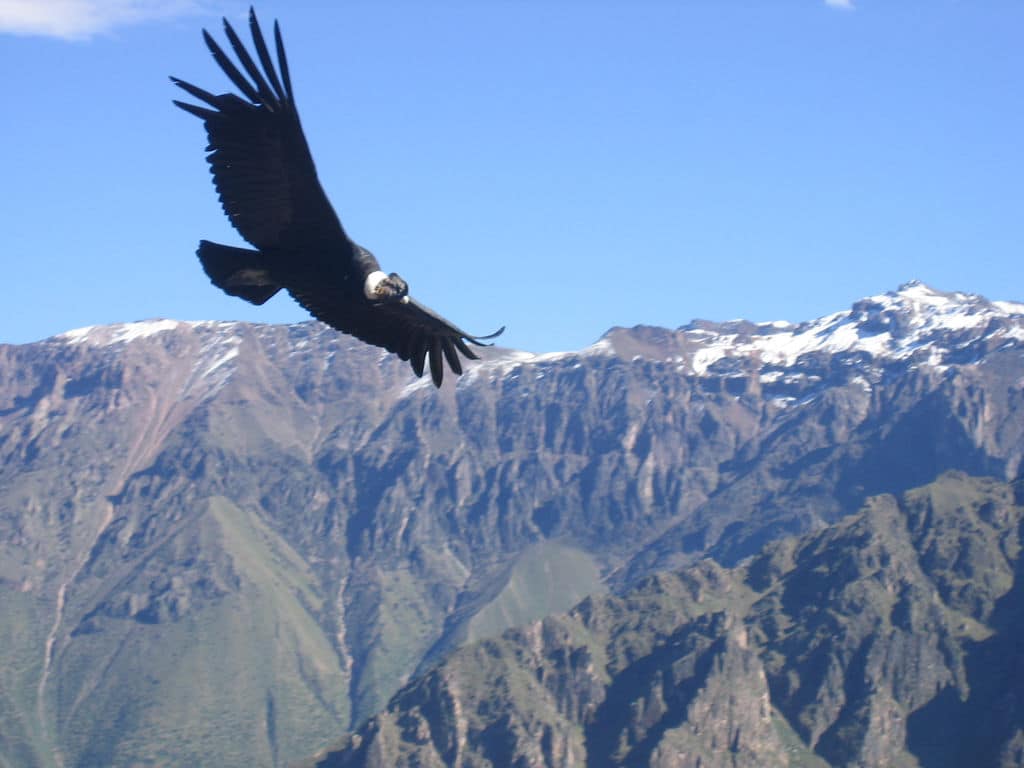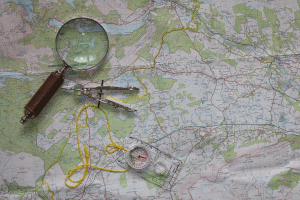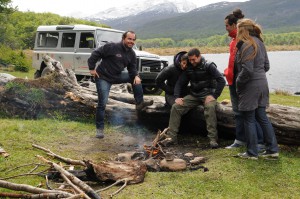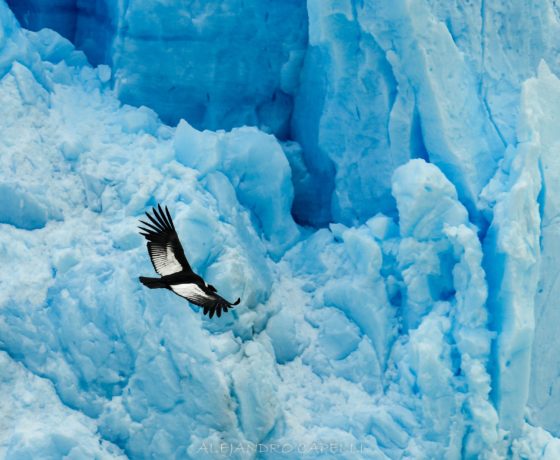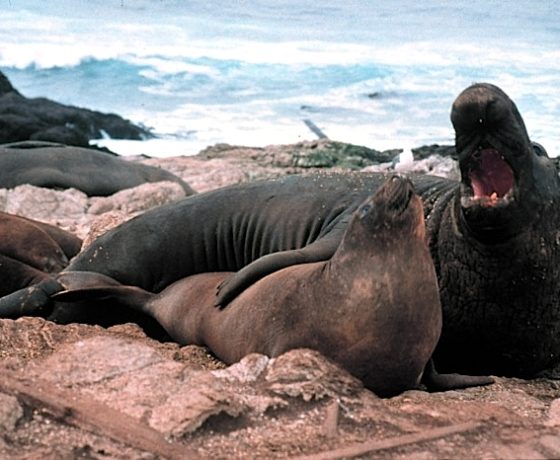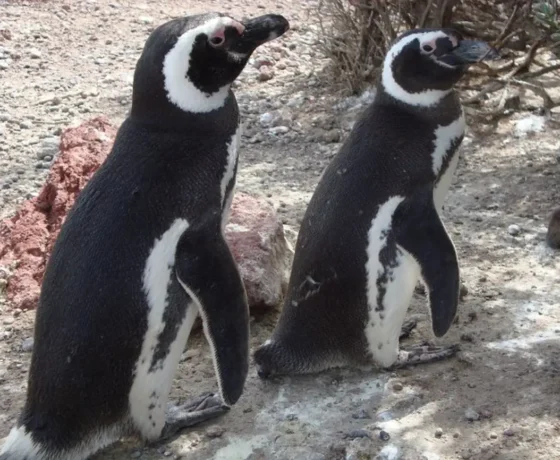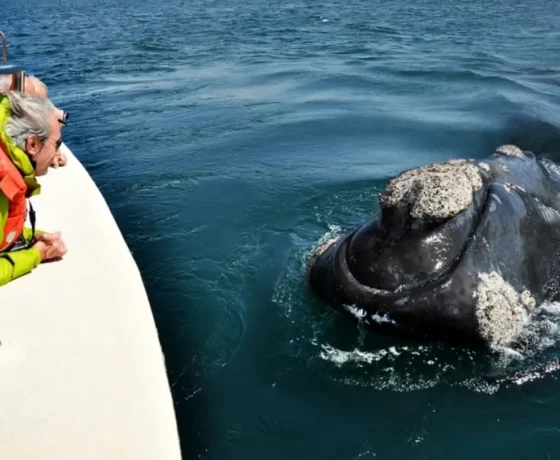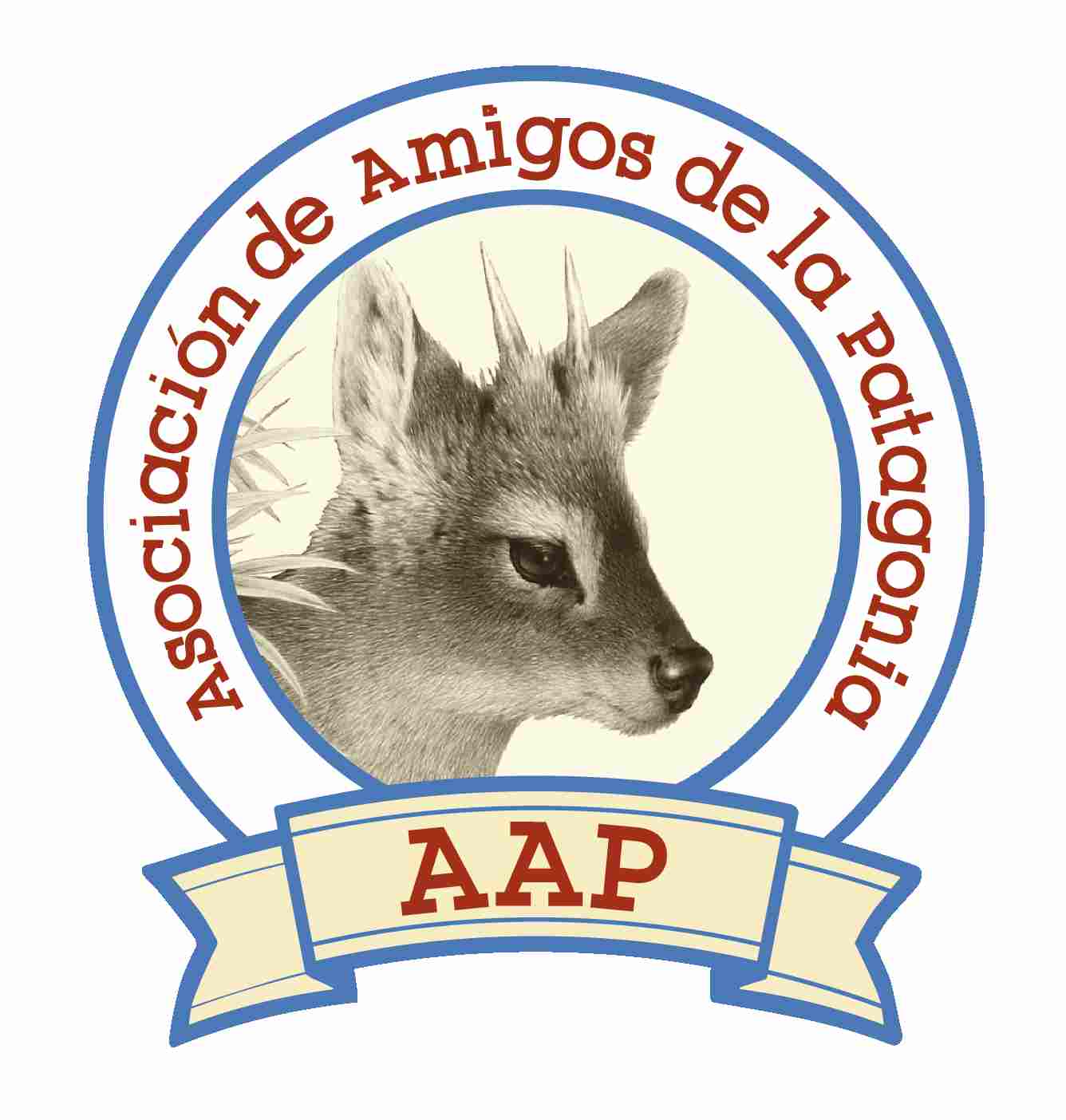Tailor made holidays in Argentina and Chile
Call us from M to F until 6 pm: +54 11 4777-2900
Atacama
Salta
Buenos Aires
Chile
Iguazu Falls
Iberá
Mendoza
Bariloche
Puerto Madryn
El Calafate
Ushuaia
Antarctica
Popular Destinations
Recommend us :

HOLIDAY STYLES
HOLIDAY TYPES
- Custom tours
- Escorted tours
- MICE & Groups
Recommend us :






